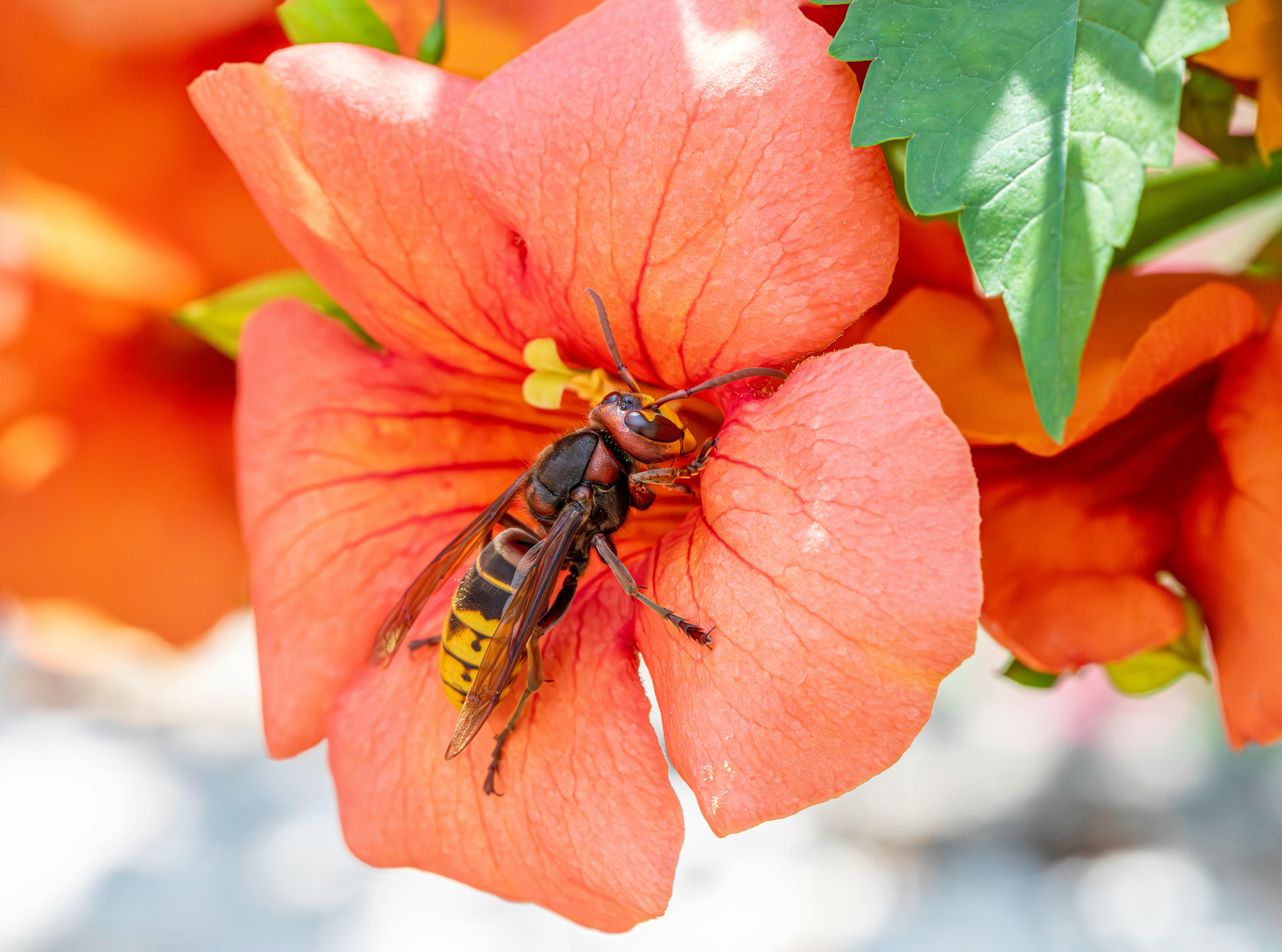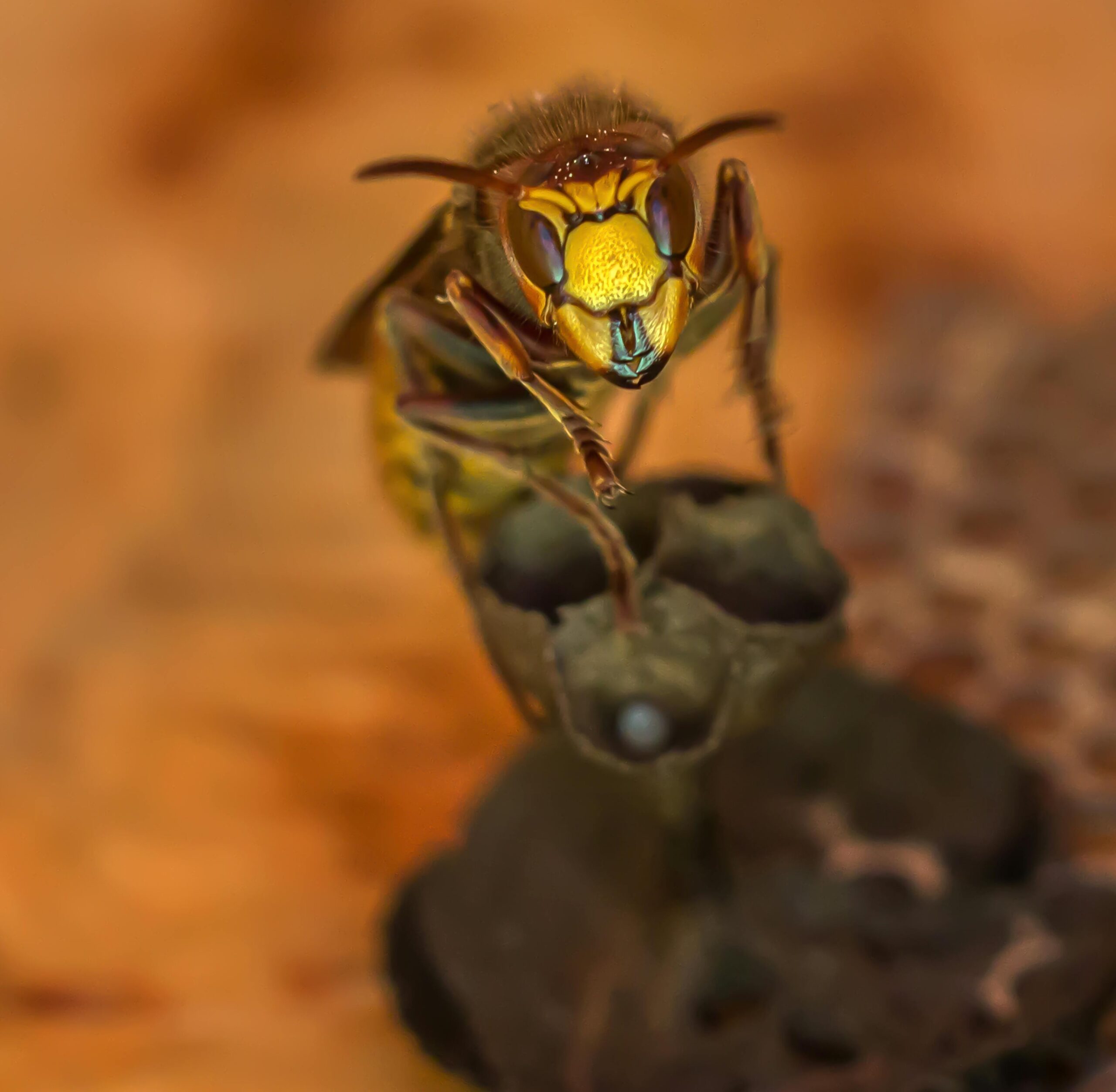Understanding Hornissennest: The Fascinating World of Hornet Nests
What is a Hornissennest?
A **Hornissennest** is the nest built by hornets, which are large, social wasps known for their impressive colonies. These nests are often considered a marvel of nature due to their unique structure and the complex social organization within. Usually constructed in trees, shrubs, or sometimes in attics, a hornet’s nest resembles a paper-like material made from chewed wood fibers mixed with saliva. This unique composition allows for resilience against various weather conditions and predators. The growth of a hornissennest is typically rapid, especially during the summer months when the hornet population peaks.

Structure of a Hornissennest
The general structure of a **hornissennest** consists of layers that resemble multiple pods, each accommodating different functions such as brood growth and nurturing larvae. Initially, a hornet queen starts building a small nest, which gradually expands as more workers emerge from the eggs laid earlier. The outer surface is smooth and greyish-brown, while the interior contains the brood cells where the eggs are developed. Due to its unique properties, a **hornissennest** can sometimes grow to a significant size, housing hundreds to thousands of hornets.
Common Locations for Hornissennests
Hornissennests tend to be constructed in various locations depending on the species and environmental conditions. They are often found in trees, under eaves, and in bushes. Some species may even build their nests underground. Understanding these locations is crucial for homeowners who wish to identify potential hornet nests in their vicinity early in the season. It is advisable to exercise caution around these nests as hornets can be defensive of their territory and may attack if they feel threatened.
Behavior and Social Structure of Hornets
The **social structure** of hornets is fascinating, as their colonies exhibit a clear hierarchy. At the top is the queen, which is responsible for laying eggs and ensuring the colony’s survival. Below her are the worker hornets, which perform various tasks such as foraging for food, caring for larvae, and expanding the nest. Understanding this complex social interaction can help individuals appreciate the role hornets play in the ecosystem, such as pollination and natural pest control.
Life Cycle of Hornets in a Hornissennest
The life cycle of hornets begins when the queen emerges from hibernation in the spring. Each queen establishes a new nest and starts laying eggs. The eggs hatch into larvae, which are nurtured by the worker hornets. This cycle continues until late summer, when the population peaks. In the autumn, the queen lays eggs that will become new queens and males, while the workers will begin to die off as the colder months approach. Understanding this cycle is essential for natural pest management and planning preventive measures for homeowners.
Defensive Behavior of Hornets
Hornets are well-known for their defensive behavior when it comes to protecting their **hornissennest**. They can be aggressive if they perceive a threat to their colony, which often happens when individuals or animals wander too close. Hornets will use their stingers defensively, and a single sting can be quite painful. It’s important for individuals to respect the distance from these nests and adhere to safe practices when working or playing in areas where hornets are prevalent.
Potential Risks and Precautions
While hornets play an important role in the ecosystem, they can also pose risks to humans and pets. The **stings** from hornets can be severe, particularly for those allergic to insect venom. Therefore, it’s essential for individuals to take precautions when encountering a **hornissennest**. This includes avoiding direct contact and seeking professional pest control services if the nest is located in a frequently used area.
Signs of Hornet Activity
Being able to identify signs of hornet activity can be beneficial for preventing unwanted encounters. Some common indicators include visible nests in trees or structures, presence of hornets flying around specific areas, and discarded larval casings. Homeowners should actively monitor their surroundings, especially during the late summer months when hornet populations peak. By knowing what to look for, one can either enjoy the ecological benefits of hornets or take appropriate actions to avoid conflict.
When to Seek Professional Help
There are times when it is essential to call professionals for hornet nest removal. If the **hornissennest** is located in a high-traffic area or poses an immediate health risk due to allergies, seeking help from pest control experts is wise. Professionals can safely remove the nest using specific techniques and equipment to minimize the risks involved. This helps maintain safety for people and pets while ensuring that the ecosystem remains balanced.
Myths and Facts About Hornets
Many myths surround hornets and their nests, often originating from misunderstandings about these insects. For instance, it’s commonly thought that all hornets are aggressive. In reality, hornets are generally non-aggressive unless provoked, and they contribute significantly to controlling pest populations. Educating oneself on the facts surrounding **hornissennest** can help demystify these creatures and promote coexistence.
Hornets vs. Wasps: Understanding the Difference
While hornets and wasps belong to the same family, there are distinctive differences between them. Hornets are typically larger with a unique body shape and coloration. They are more social compared to solitary wasps and build larger nests. By understanding these differences, one can better recognize a **hornissennest** and apply the appropriate respect and caution.
The Benefits of Hornets in the Ecosystem
Despite their sometimes fearsome reputation, hornets play a vital role in the ecosystem. They are natural predators of many garden pests, which can result in healthier plants without the need for chemicals. Additionally, they contribute to the pollination of various plants while seeking nectar. Appreciating these benefits can shape how we approach hornets in our surroundings, fostering a more balanced relationship between humans and nature.
Conclusion
Understanding the significance of a **hornissennest** is crucial for coexisting with these fascinating insects. By respecting their space and recognizing their ecological roles, we can promote biodiversity and maintain a harmonious environment. Taking precautions and being informed about hornets can greatly reduce the risks associated with their nests while allowing us to appreciate the wonders of nature.
FAQ
1. What should I do if I find a hornissennest in my garden?
If you discover a **hornissennest** in your garden, observe it from a safe distance. If the nest poses a threat to you or your pets, consider contacting professional pest control to handle it safely.
2. How do hornets contribute to pest control?
Hornets act as natural predators, feeding on various insects that could otherwise harm your garden. By reducing these pests, they help maintain the balance in the ecosystem.
3. Are all hornets aggressive?
No, hornets are not inherently aggressive. They tend to only defend their **hornissennest** when threatened, and many species are relatively docile unless provoked.
4. When is the best time to remove a hornet nest?
The best time to remove a **hornissennest** is during the late evening or early morning when hornets are less active. However, it is advised to engage professionals for safety.
5. How can I prevent hornets from nesting around my home?
To prevent hornets from nesting around your home, seal up any potential entry points, remove food sources, and keep outdoor dining areas clean. Regular maintenance can deter them from making a nest near your house.
